|
Our crew at Gravel Grading & Excavating is dedicated to moving the earth for our clients and customers. We jump at the opportunity to assist with any project that we can, especially those that consist of waterway or sediment basin work because the efforts can benefit future generations of Iowans. Maintaining a sediment basin or waterway is essential to preserving Iowa’s most precious resource, black dirt topsoil. To help aid water drainage for a local community in the summer of 2020, our Gravel Grading & Excavating crew was called in to help clean out an existing drainage basin that had reduced efficiency after years of silt/sediment collection. Years of rain events had moved so much dirt into this drainage area, that all you could see of the outlet's 10-foot structure was the cap (pictured below). This told us that it was more than time for the silt basin to be cleaned out. Sediment basins are ponds with open water that capture coarse sediment and litter carried by stormwater or runoff. They intercept the runoff before it reaches the waterway, and slow it down to allow the coarse sediment to fall to the bottom.This way the cleaner water stays at the top of the pond and flows through the outlet source. A well-designed sediment basin should be just large enough to allow time to capture most of the target coarse sediment. It should only capture a small amount of finer particles and contaminants, the majority of which should be treated by a constructed wetland or raingarden downstream. In order to maintain a sediment basin, it needs to be cleaned out regularly, usually every two to five years. For our project in question, almost 10 feet of outlet pipe had been covered up with sediment over the years. Using our dozer, excavator, and wagons, our crew was able to clean out all the dirt that had settled in, and used it to build up the sides of the existing berm structure. See the photos below to watch our crew unearth and relocate years of sediment. Our guys then relocated the dirt and shaped the berm and drainage areas to facilitate future runoff and soil preservation efforts. Contact our team at Gravel Grading & Excavating today to see how we can assist you!
0 Comments
In the summer months when the weather is warm and the dirt is compact, our Gravel Grading & Exacavating crew members are able to work on projects that are unaccessible during the rainy spring season. Jobs such as stream bank stabilization and waterway shaping are reserved for this time of year, so we don’t tear up the earth or get ourselves stuck in the mud.
In projects such as these, one of the materials we rely on to “support” our efforts is rip-rap. What is rip rap? Rip-rap is large boulders and concrete pieces that are placed along waterways, bridge foundations, and steep embankments to protect the underlying dirt from erosion and scour. We frequently use this option because it is a natural-looking treatment that not only protects the earth, but it can be used for many different purposes by using various sizes and volumes of this material: 4-5” Rip Rap The 4-5” size is the smallest type of stone available. This size is ideal for preventing soil erosion on small slopes and along drainage ditches that aren’t constantly exposed to moving water. This size is also utilized in weed prevention measures along steep embankments and sometimes as base material in driveways and parking lots. 6-9” Rip Rap This size rip rap is the most commonly used size. These stones are perfect for erosion control and bank stabilization measures for streams, rivers, ponds, and other smaller bodies of water. 9”+ These pieces are ideal for shorelines with extremely heavy currents and breaking waters or in large holes and ditches. The large mass of these boulders can reinforce even the steepest grades and erosion-prone areas. Where do we use it? Rip rap is used where a structure or shoreline is continuously exposed to rushing water, such as along creeks that commonly experience flash flooding, along pond shorelines, and in field drainage areas that have steep grades. Over time the dirt in these structures is worn down and lost, which can dramatically change the lay of the land surrounding it. Our crew uses these stones to support the best measures and protect the property owners’ land. Check out some of our other “What’s New” blog entries to check out the projects we’ve done that utilize rip rap, such as gabion baskets and stream bank stabilizations. |
hereYou'll find all the newest products and services recommended by Terry and Gravel Grading & Excavating. Categories
All
Archives
April 2024
|

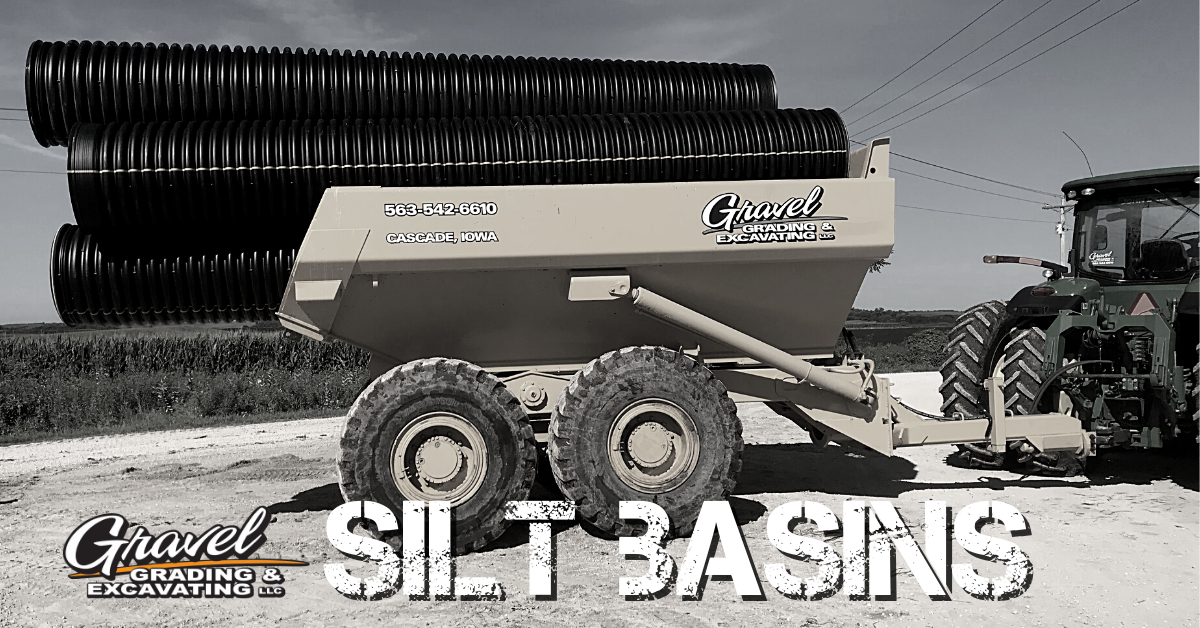
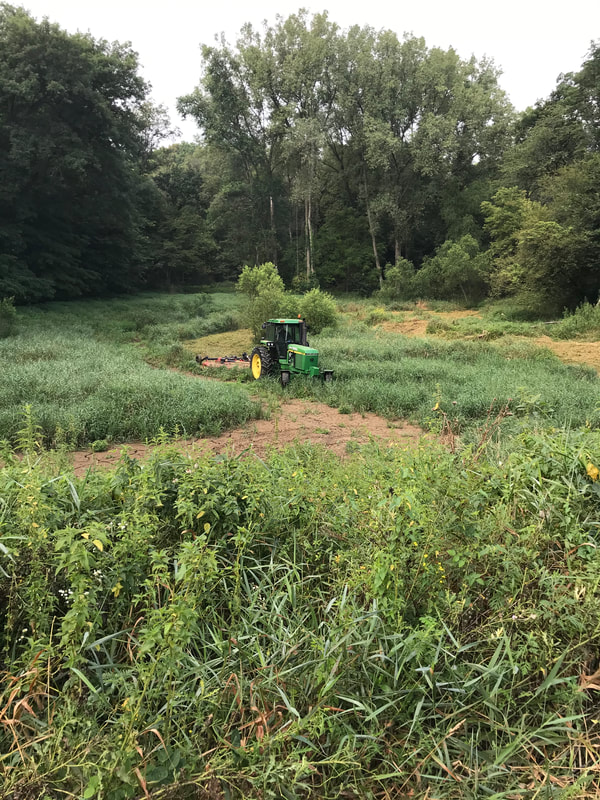

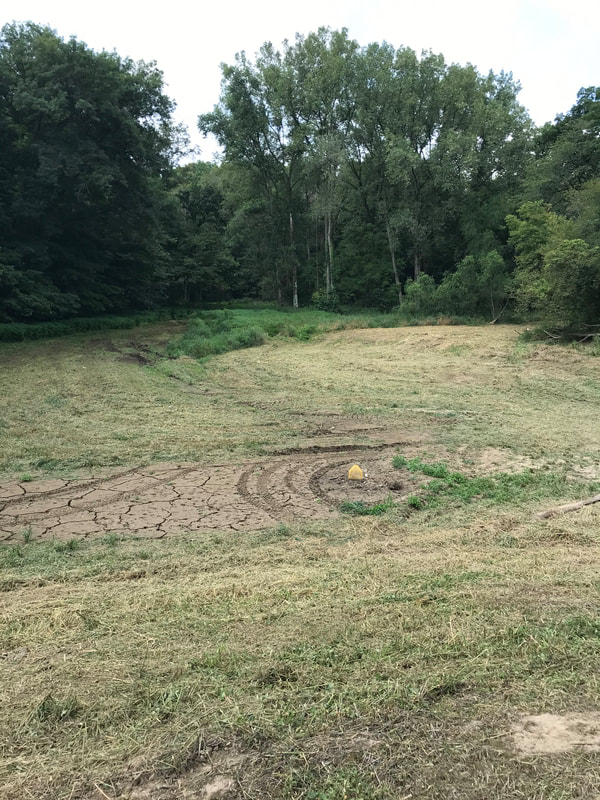
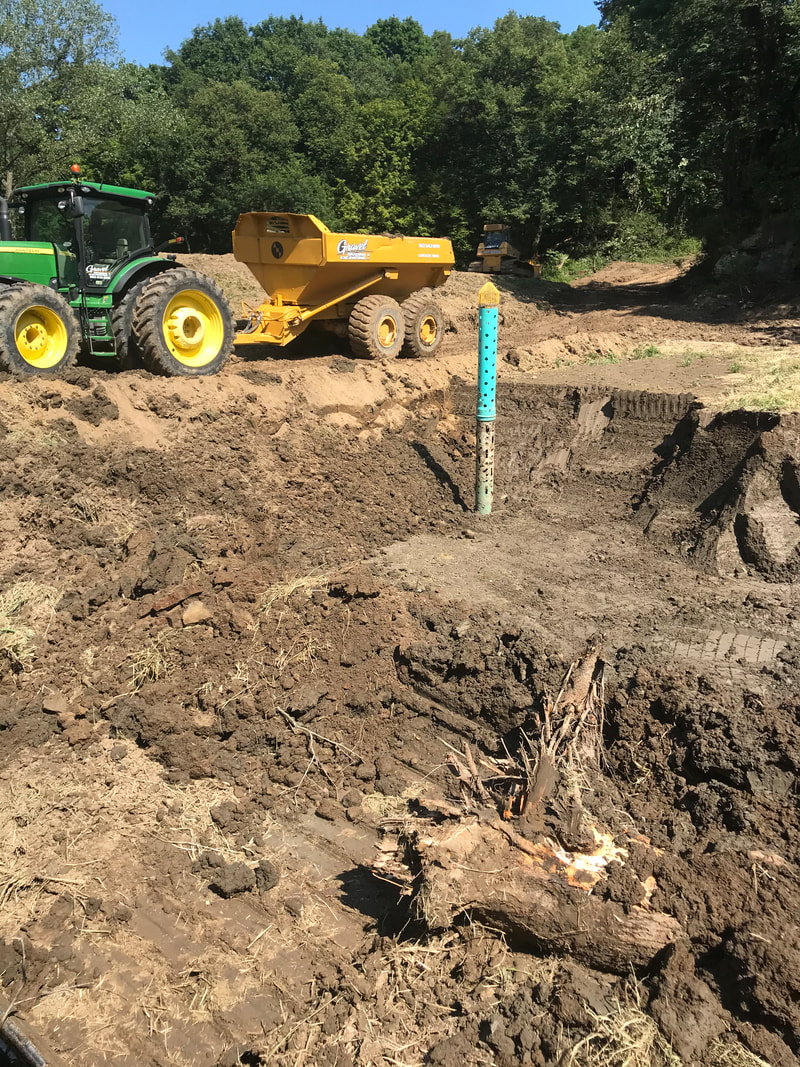
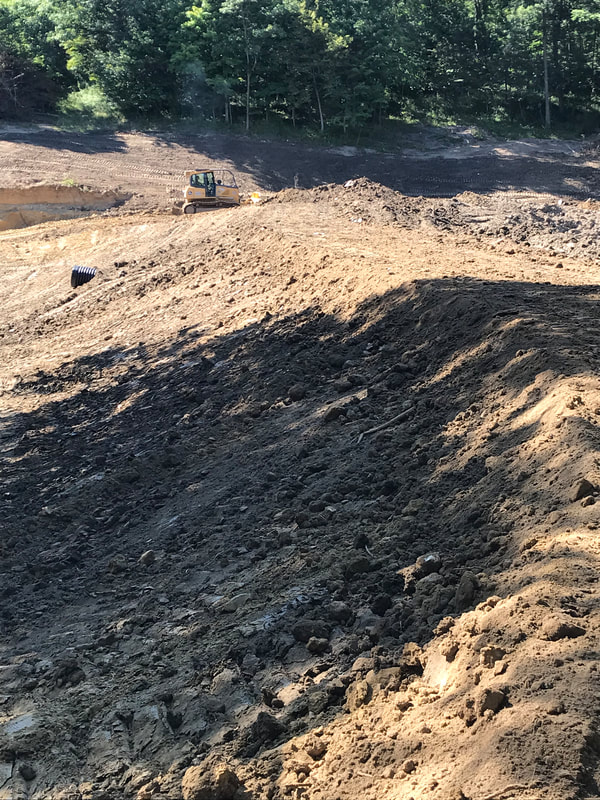
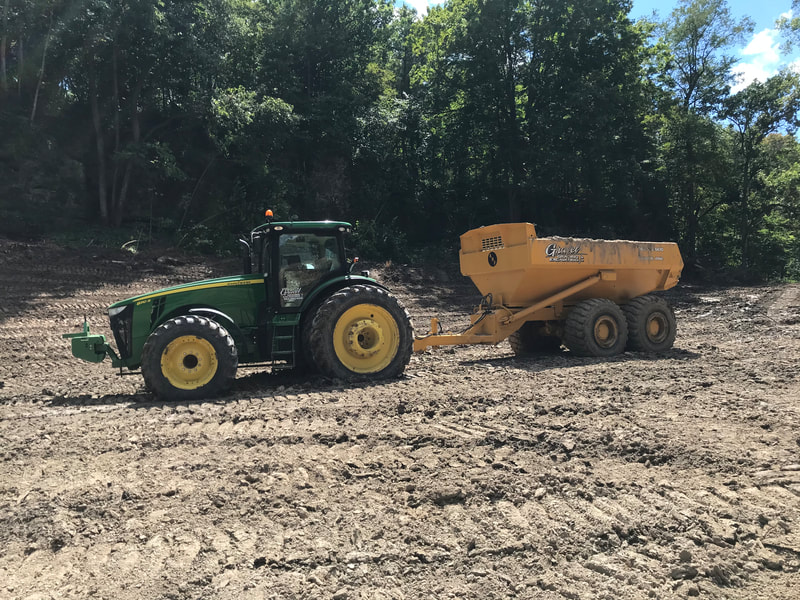
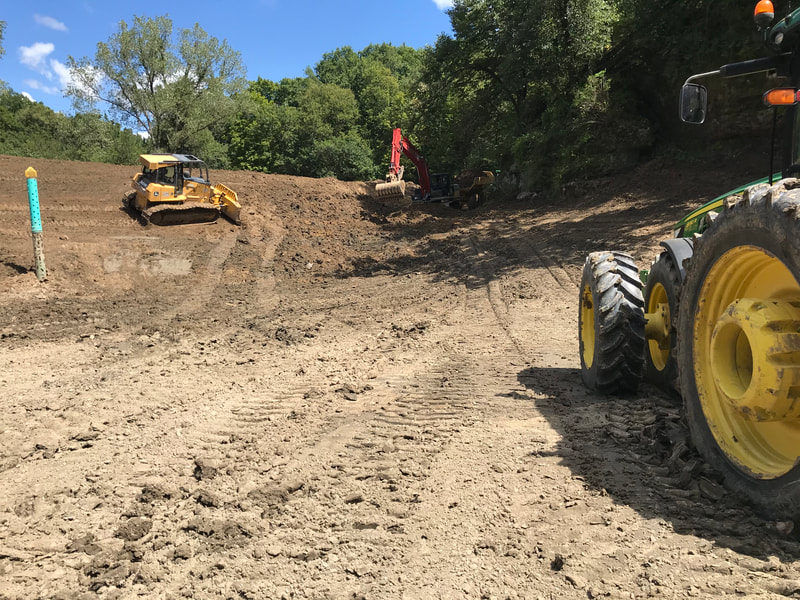
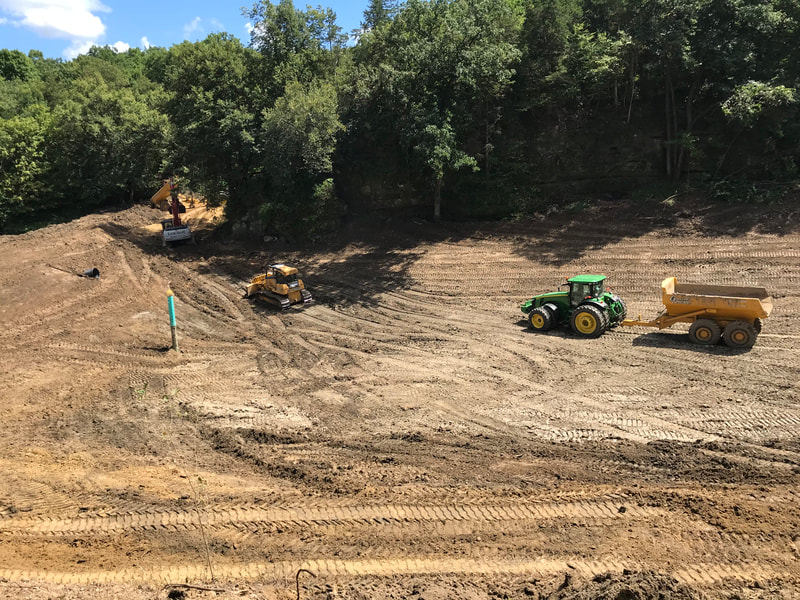
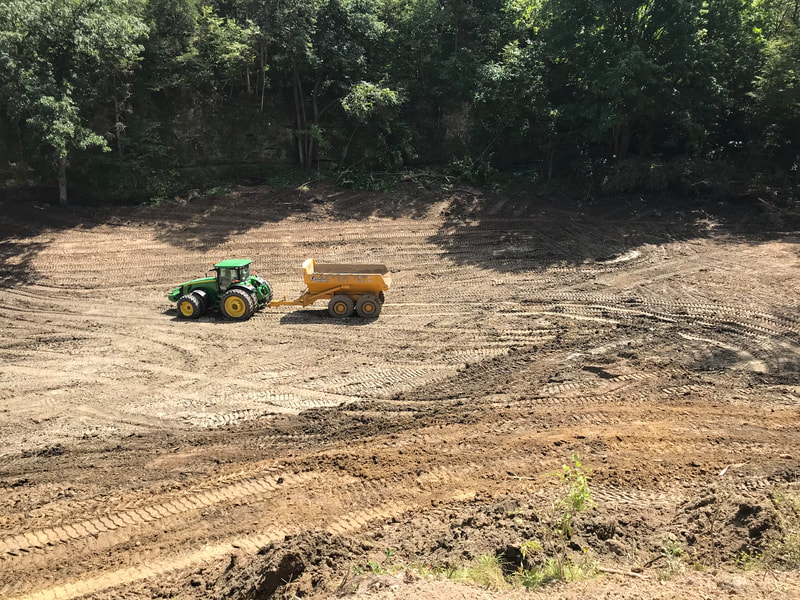

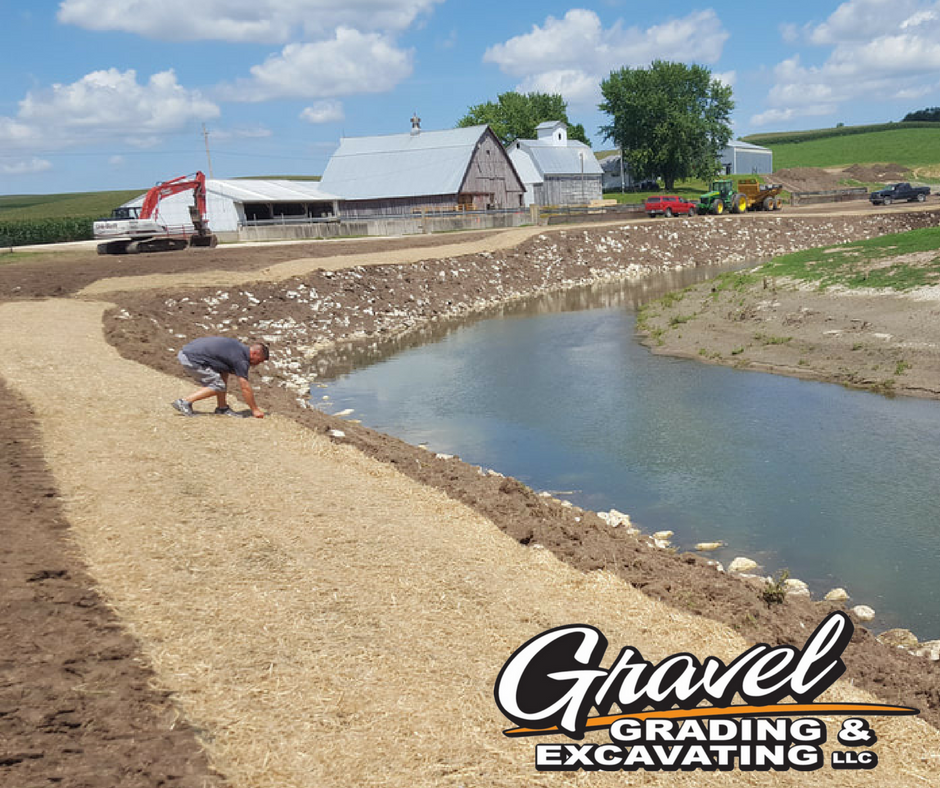
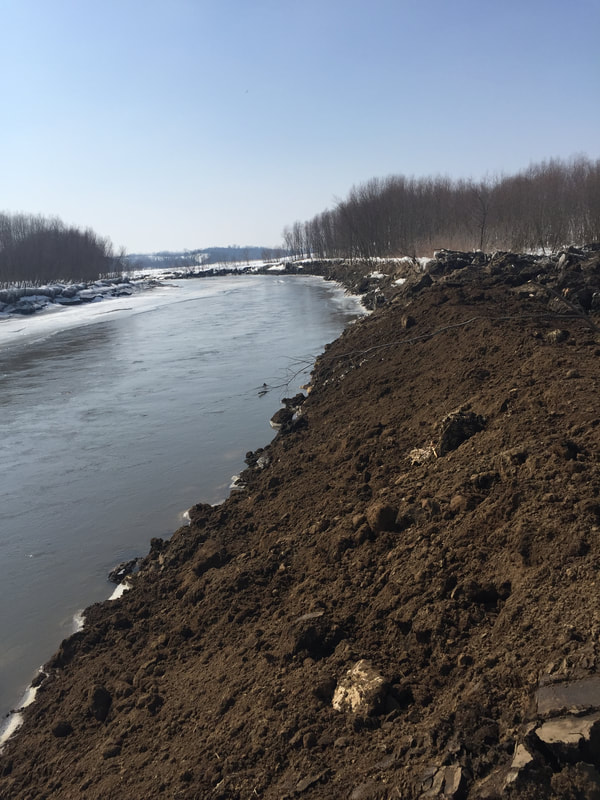
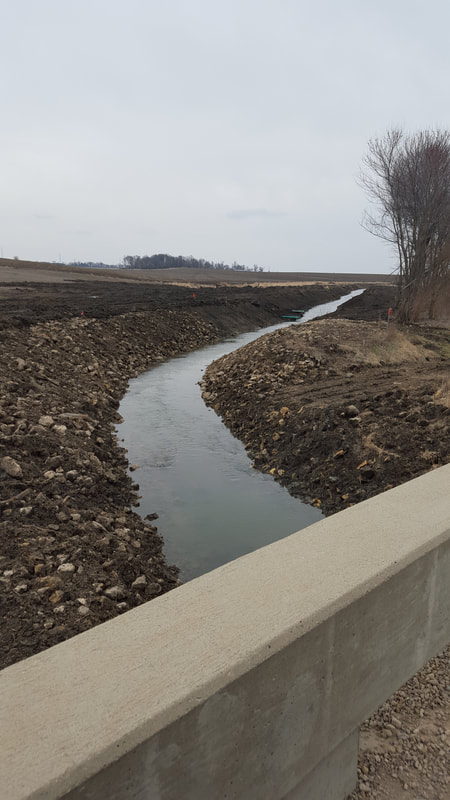
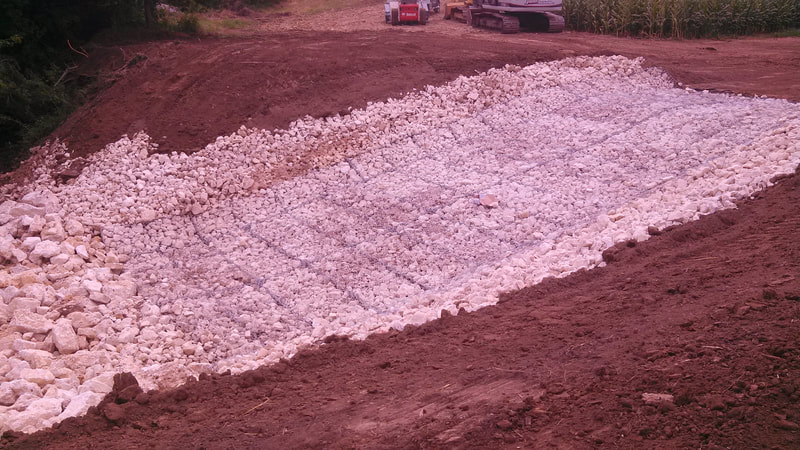
 RSS Feed
RSS Feed
